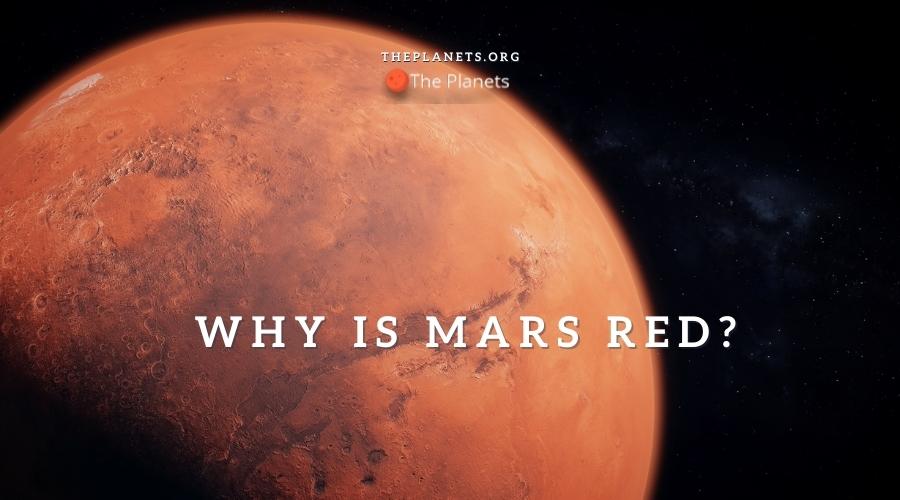
Red Through the Naked Eye
Egyptians named Mars Her Decher, which is a term that means Red One. They picked that name because the planet appeared red in the sky. Those living in India who practiced astrology called it Angaraka and Lohit, which is the Indian term for the color red. Early humans who did not have access to devices for viewing the sky could easily spot Mars because of its bright red color. Some early humans began associating the planet with war because red was the color of blood.
Red Color
Though red is the color most often associated with Mars, it can appear in other colors in the spectrum that range from a light pink to deep orange. Mars appears red because the planet has a high concentration of iron oxide. As that iron oxide breaks down, it releases rust particles. Most of the planet is made from dust and other elements such as chloride. As winds moved across the surface of Mars, it eroded the rocks on the planet. Some believe that the planet was home to volcanoes that forced even more iron to spread through the environment. The oxygen in the atmosphere turned those particles red, which is why we see the planet as this color.
Skies Around Mars
When you look at Mars through a telescope, you might notice that the skies above and around this planet appear red too. This is due to the dust storms that still affect the planet. Those storms produce high winds that carry the dust particles across Mars and release it into the air. The light that surrounds the planet reflects off the particles and gives the sky a deep red sheen. Depending on the amount of light, the skies can appear orange or pink too.
Why Doesn’t the Dust Leave?
Mars doesn’t have the same atmosphere as the Earth does. When winds pass over the Earth, they carry particles to other places. This is why you might find your lawn furniture in a neighbor’s yard after a storm. The winds on Mars carry dust and other particles to various locations and are sometimes strong enough that they can blow the dust into the atmosphere surrounding other planets. Though some dust does leave Mars, the planet has a constant supply because the winds keep eroding the surface and releasing new particles into the environment. As long as Mars has a good supply of iron oxide, it will appear red.
On the Surface of Mars
If you were lucky enough to walk on Mars or view the planet from a rover, you would find that it doesn’t look red. Mars has layers of dust on its surface that are light tan or brown. Curiosity and other rovers that explored the planet left behind thick trails and marks in this dust that storms later erased. Those rovers found that the dust was only inches deep in some places and only one foot deep in others. Despite multiple trips to the moon, astronauts found that the dust was always the same depth, which means that the winds can keep kicking those particles into the environment and giving the planet is classic red color.
The Red Planet
Mars appears red simply because of the iron oxide found on the planet. This color also occurs because of the spectrum that humans can see and the particles in the atmosphere surrounding the planet. As Mars has an almost endless supply of dust and iron oxide particles, it will likely always appear red to humans standing on the Earth.